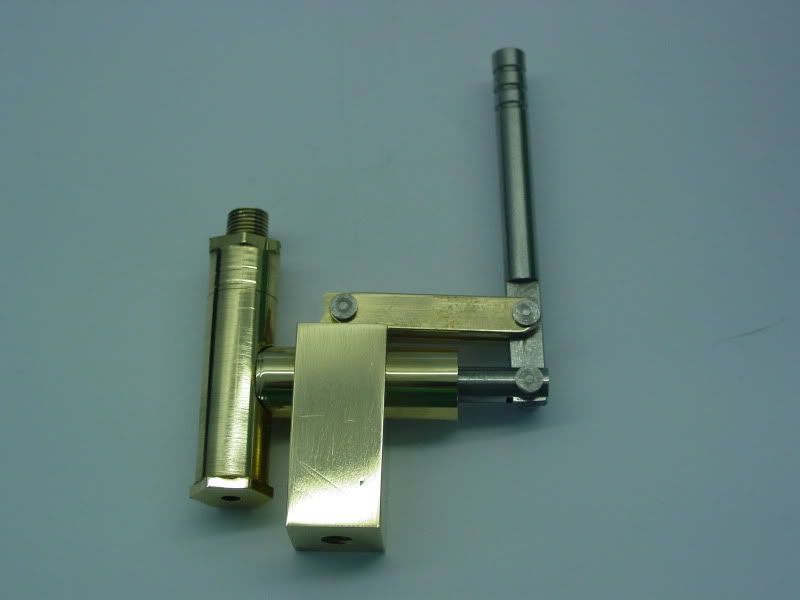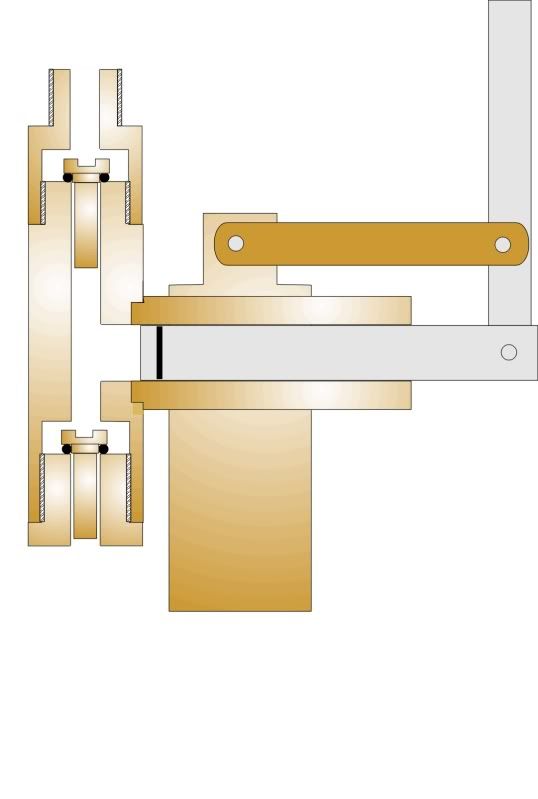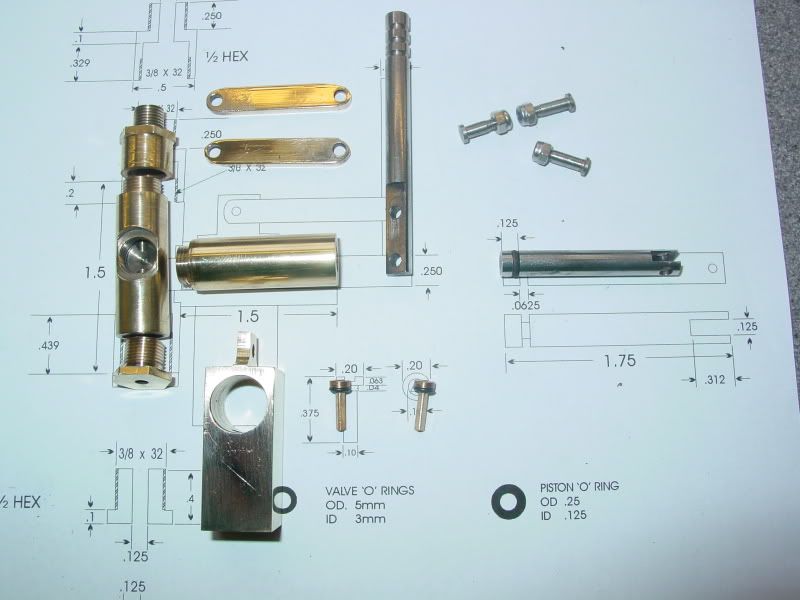B
Bogstandard
Guest
Steve,
Sandy mentioned the mix on his third post on page three of this article.
I do exactly the same, warm water, add citric acid powder while giving a good stir until no more dissolves. That is your saturated solution. I don't use the bleach as Sandy suggests, but there is no harm in trying it. I rather like seeing what grows in mine. Keep it sealed in the wifes' best Tupperware container.
It will last for ages. Throw it away when the bits won't sink thru the slime, or whatever is in there starts to bite, whichever comes first.
It is safe to put your hands in, just wash them well afterwards. Don't get drips onto any ferrous tooling, instant rust.
John
Sandy mentioned the mix on his third post on page three of this article.
I do exactly the same, warm water, add citric acid powder while giving a good stir until no more dissolves. That is your saturated solution. I don't use the bleach as Sandy suggests, but there is no harm in trying it. I rather like seeing what grows in mine. Keep it sealed in the wifes' best Tupperware container.
It will last for ages. Throw it away when the bits won't sink thru the slime, or whatever is in there starts to bite, whichever comes first.
It is safe to put your hands in, just wash them well afterwards. Don't get drips onto any ferrous tooling, instant rust.
John

























